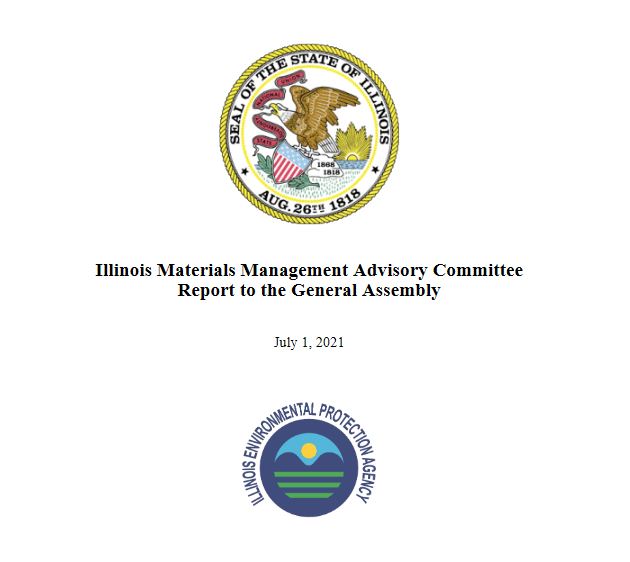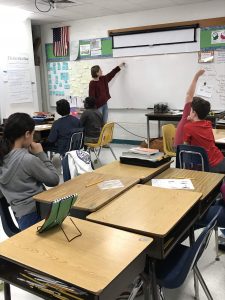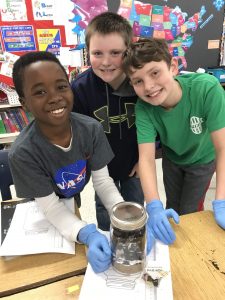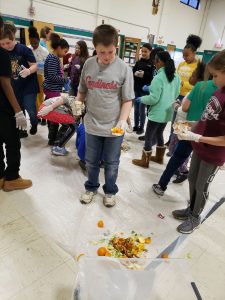Illinois Environmental Protection Agency (Illinois EPA) Director John J. Kim recently announced a new funding to assist counties and other units of local government in implementing their solid waste planning obligations under the Illinois Solid Waste Planning and Recycling Act (SWPRA). This funding opportunity follows a recommendation from the Statewide Materials Management Advisory committee that recommended, in its July 2021 report, that the Illinois EPA provide financial support to units of local government to enable them to make meaningful updates to their statutorily required solid waste management plans. A Notice of Funding Opportunity (NOFO) has been posted to the Illinois EPA website.
“Under the Solid Waste Planning and Recycling Act, counties and units of local government are obligated to revisit their Illinois Solid Waste Management Plans every five years and, if necessary, submit plans with significant updates to the Illinois EPA,” said Director Kim. “These grants provide an important resource to county and local governments as they update these plans for managing solid waste disposal and recycling.”
The Illinois EPA Waste Reduction and Compliance Section is responsible for reviewing county solid waste management plans submitted pursuant to the SWPRA. Through this funding opportunity, Illinois EPA intends to provide interested counties, and other units of local government required to develop a county solid waste management plan, financial assistance to help prepare the next plan update.
Eligible projects include, but are not limited to:
- Conducting a local solid waste and materials management needs assessment;
- Surveying local solid waste and materials management stakeholders to determine programmatic expansion viability;
- Internally authoring solid waste management plan updates; or
- Procuring consulting services to prepare solid waste management plan updates.
The Illinois EPA Waste Reduction and Compliance Section (WRCS) is responsible for reviewing County Solid Waste Management Plans submitted pursuant to the SWPRA.
Each county or unit of local government required to develop a solid waste management plan is eligible for $5,000.00 of funding. Applications must be submitted electronically to epa.recycling@illinois.gov and are due by 5:00 PM (CST) on May 31, 2022. Applicants may not apply for a grant until they are pre–qualified through the Grant Accountability and Transparency Act (GATA) Grantee portal.



 Amanda Price piloted the unit in two fifth grade science classes at Butler Elementary and Sandburg Elementary February-March 2020. Both schools are located in Springfield, IL. Amanda works as a Graduate Public Service Intern (GPSI) in the offices of Environmental Education and Community Relations at Illinois EPA. The
Amanda Price piloted the unit in two fifth grade science classes at Butler Elementary and Sandburg Elementary February-March 2020. Both schools are located in Springfield, IL. Amanda works as a Graduate Public Service Intern (GPSI) in the offices of Environmental Education and Community Relations at Illinois EPA. The  driven by student questions. It teaches students the importance of food waste reduction, landfill diversion, and composting as part of a circular food system. Students create “landfills in a jar” with materials given to them with the goal of protecting the sand, or “groundwater,” at the bottom of the jar. Students also create “compost in a jar” using fresh food scraps and other compostable materials. Students monitor their jars throughout the unit and record scientific data such as temperature and mass. They learn how bacteria act as decomposers. The unit also incorporates map-reading and asks students to think critically about the pros and cons of choosing space for new landfill construction.
driven by student questions. It teaches students the importance of food waste reduction, landfill diversion, and composting as part of a circular food system. Students create “landfills in a jar” with materials given to them with the goal of protecting the sand, or “groundwater,” at the bottom of the jar. Students also create “compost in a jar” using fresh food scraps and other compostable materials. Students monitor their jars throughout the unit and record scientific data such as temperature and mass. They learn how bacteria act as decomposers. The unit also incorporates map-reading and asks students to think critically about the pros and cons of choosing space for new landfill construction. The main hands-on activity in the unit is a food waste audit, which can be performed at various scales. Students use data from the audit to calculate the estimated food wasted per person, during the school year, etc. Students end the unit by creating a community awareness or action plan to inform their community or advocate for change. A few students at Butler Elementary wrote a letter to the principal asking him to install a clock in the cafeteria so students could track how much time they had to eat. The principal took swift action and ordered the clock.
The main hands-on activity in the unit is a food waste audit, which can be performed at various scales. Students use data from the audit to calculate the estimated food wasted per person, during the school year, etc. Students end the unit by creating a community awareness or action plan to inform their community or advocate for change. A few students at Butler Elementary wrote a letter to the principal asking him to install a clock in the cafeteria so students could track how much time they had to eat. The principal took swift action and ordered the clock.